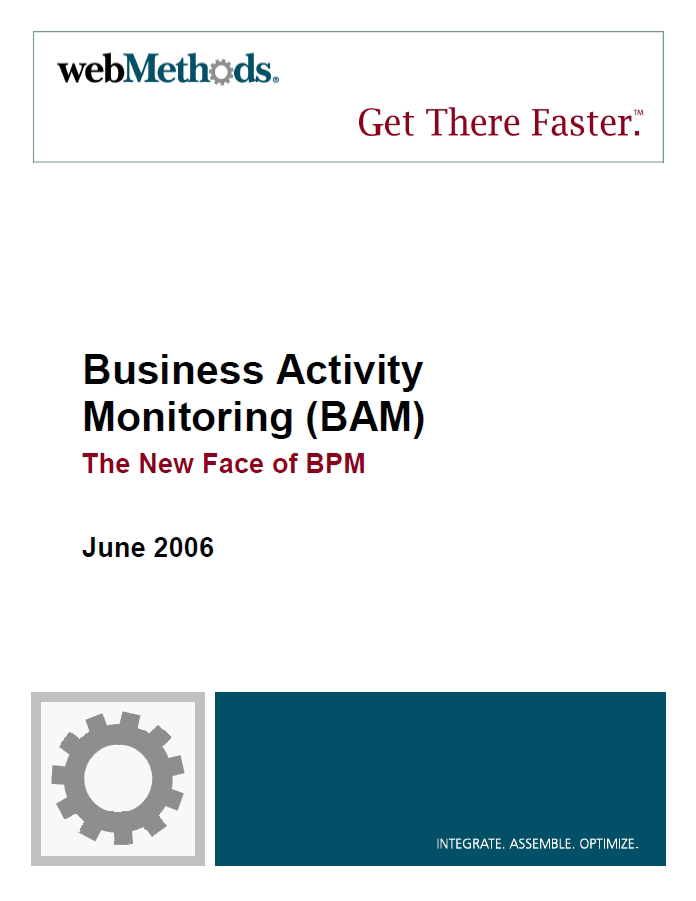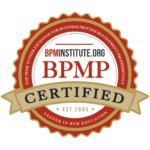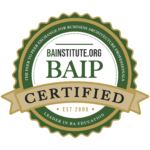Business Activity Monitoring (BAM) broke onto the scene three or four years ago, stimulated by the growing interest in Business Process Management (BPM), which made it possible to understand more clearly the relationship between real-time IT operations and business activities. Global 2000 companies, among others, have achieved significant return on investment (ROI) by using BAM as a real-time, intervention-focused tool for measuring and managing business processes. Using BAM, companies have been able to monitor their business processes, identify failures or exceptions, and address them in real-time. In addition, since BAM tracks process executions and knows when they succeed or fail, it builds up valuable records of behavior that can lead to overall process improvement, while also providing a useful tool to manage compliance, assure business transactions, and reduce risk.
Transitioning from BPM Practitioner to BPM Strategist
When you first begin working with Business Process Management (BPM), much of your focus is on optimizing individual workflows—reducing a department’s approval cycle here, streamlining a customer onboarding process there. But as you gain more experience, you might...

















